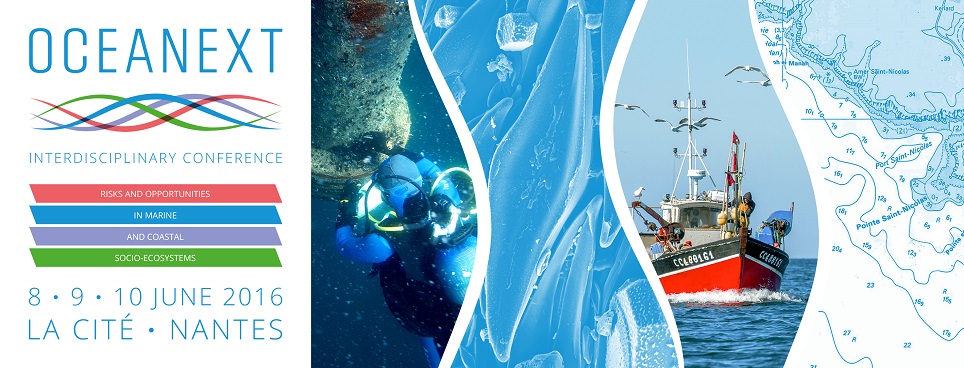In cartilage tissue engineering, differentiation of mesenchymal stem cells into chondrocytes is crucial to obtain successful cartilage regeneration. Differentiation can be promoted by various biological agents, including polysaccharides. In particular, glycosaminoglycans (GAG) were shown to participate in many biological processes likely through interaction with proteins, such as growth factors, proteases and chemokines. Sulfate and carboxylic groups in GAG structure are key factors for interaction setting. Marine deep-sea hydrothermal bacteria producing exopolysaccharides (EPS) were recently shown to be a promising source of new GAG-like molecules useful for cartilage repair. In order to enhance the biological activity of the marine EPS and to provide GAG mimetic compounds, structural modifications are however required.
In the present study, a new one-step sulfation process was developed in order to design GAG-mimetic compounds able to enhance the chondrogenic differentiation of mesenchymal stem cells, considered as an attractive source of cells for cartilage engineering. Firstly, native GY785 EPS was produced under controlled conditions by fermentation of a non-pathogenic marine bacterium Alteromonas infernus. This high molecular weight EPS of low sulfate content (3 wt%) was subsequently depolymerized to obtain low molecular weight derivatives (GY785 DR). The obtained derivatives were then oversulfated using a new sulfation method performed in ionic liquid. In comparison, the sulfation was also carried out in dimethylformamide, a classical organic solvent. The two oversulfated derivatives were characterized and some biological analyses have been initiated in order to compare the potential of these two derivatives for cartilage regeneration.
- Présentation

 PDF version
PDF version

